Saving our soils
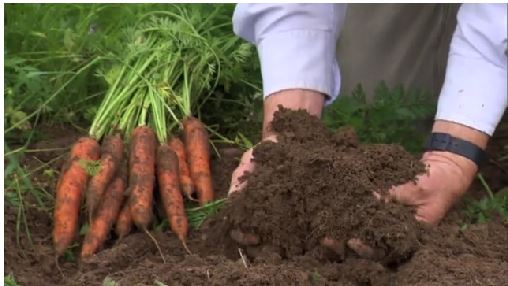 Soil is a mixture of minerals, organic matter, liquids, gases and organisms that together support life. It is a major part of the earth’s ecosystem (Soil, Wikipedia). How well is this life-giving resource saved in Tibet and Himachal Pradesh?A typical soil is about 50% solids (45% mineral and 5% organic matter), and 50% voids of which half is occupied by water and half by gas (McClellan, 2017).
Soil is a mixture of minerals, organic matter, liquids, gases and organisms that together support life. It is a major part of the earth’s ecosystem (Soil, Wikipedia). How well is this life-giving resource saved in Tibet and Himachal Pradesh?A typical soil is about 50% solids (45% mineral and 5% organic matter), and 50% voids of which half is occupied by water and half by gas (McClellan, 2017).
Soil scientists generally classify soils by their natural properties and engineers by their structural engineering properties (Soil classification, Wikipedia). This difference is important when saving soils. As we will see, the emerging field of erosion and sediment control (E&SC) enables one profession to better understand the other.
Let us first briefly discuss a typical soil and the rock underneath
| Figure 1: Soil Horizons (0, A, B, C) and vegetation |
Horizons O and A, also called topsoil, are mostly organic and consist of humus mixed with mineral particles. Seeds typically germinate in Horizon O and grow in A.
Horizon B, also called the subsoil, may contain clay, silt or sands and receives mineral deposits from the layers above for plant roots to feed on.
Horizon C consists of slightly broken-up bedrock. Plants roots cannot usually enter this layer and it may break; i.e. have poor structural engineering properties.
Beneath these layers is found unweathered bedrock which structural engineers like to use for infrastructure development such as building foundations, roads etc.
In simple terms, soil scientists and farmers are interested in the growing horizons O to B. Engineers and infrastructure developers are interested in the structural horizons C and the bedrock below.
Increasingly, in developed countries, engineers are becoming more interested in Horizons O to B because they can protect the lower Horizons and can be used to grow plants for landscaping.
Erosion of these soils causes two problems:
- Erosion affects what can be done on the land. Eroded soil is a loss of a valuable resource to grow plants; and,
- The resulting ‘sediment’ may pollute and damage land down-stream. For example, soil minerals in any of the Horizons may pollute and smother the habitat for stream plants and animals. Likewise, soil and rock in landslips may do a lot of damage.
Controlling the erosion of these Horizons and managing the sediment caused, both with good drainage, is referred to as Erosion and Sediment Control (E&SC).
Here are some examples of farm and pastoral soils seen by the author in Tibet and Himachal Pradesh.
Gaddi farmers of Kareri village near McLeod Ganj understand soils. Over many hundreds of years, they have made flat terraces to minimise soil loss of Horizons 0, A & B and have added drains to maximise soil fertility. Their crops and lives depend on E&SC.
(see Pic S1: Kareri village terraced drained cultivated fields, October 2017)
By contrast, natural storm water may cause erosion which the pastoralists of Tibet can do little to avoid.
(see pic S2: Tibet natural gully erosion, near Jonkha Dzong – average depth, Tibet, August 2017)
Revegetation, while good to stabilise soil movement, must be maintained. No good examples of maintenance were seen in Tibet. So, the sand dunes may continue to erode and move in the wind.
(see pic S3: Tibet sand dune stabilisation, near Cogo, Tibet, August 2017)
Here are some examples noted by the author in management of soils in infrastructure development in Tibet and Himachal Pradesh.
Engineers, builders and people new to an area may not understand soils so well. For example, builders and engineers in Australia must apply Erosion and Sediment Controls (E&SC) to sensitive soils in infrastructure development such as road construction and home construction. E&SC add costs but ensure good soil conservation and infrastructure that will last for many years with minimal maintenance (author’s and constructors’ 30 year experience).
Note the erosion caused by engineering on the far side of the road and on the near side. Note also some effective drainage. No sediment controls were seen.
(see pic S4: Tibet main road near Lablung La, Tibet, August 2017)
Note no E&SC were seen in McLeod Ganj: in the photo the soil was retained temporarily by trees (that will die) and the prayer wheel building (which is partially collapsed).
(see pic S5: Tsuglagkhang temple Kora circuit, October 2017)
Note the engineered drain contained the stream, causing the water to flow faster and damage to the drain. It also caused erosion and sedimentation. In some countries, this form of drainage is now removed to allow the stream to find its own natural course (BCC Natural Channel Design)
(see pic S6: in Shakya, Tibet, August 2017)
The importance of topsoil as a growing medium and to prevent erosion is explained above. Nowhere in the Himalayas did the author see piles of topsoil saved for future use in infrastructure construction. Examples may be for growing trees and vegetables around buildings, for stabilising road cuttings, landscaping etc. Topsoil conservation is standard practice for farmers and in E&SC.
Soils management should follow the ‘waste’ diagram (see article Reducing Waste and Material use). Prevention is better than reuse which is better than disposal etc. The discussion above is mainly about prevention and minimisation of loss of natural soils.
As a different soils subject, what happens to soils which have been polluted or contaminated? Such soil can harm people, e.g. with chemicals, by landslip etc.
Soil or land contamination arises from disrespect for the value of soils. In many countries this disrespect is acknowledged and soils progressively recovered or remediated. Remediation may be biological – defined as bioremediation (discussed in Amelia’s ???? Lha paper), or maybe physical or chemical (Types of remediation, Technology Water, 9 December 2014)).
Now that you understand a little more about soils, how are soils treated around you and how do you treat them? Consider the following:
- short, medium and long-term impacts or opportunities;
- the environment, community and cost (see the article Sustainability practice); and,
- the ‘waste’ diagram (see the article Reducing Waste and Material use).
- The relationship with water (see the article Improving our Water Quality)
Such answers may help decide how soils are saved in Himachal Pradesh and Tibet. Saving our soils may help to save our souls (SOS).
Simon Cavendish, Marvin Westerveld and Amelia Rozelle
(Simon was the presenter of Applying a ‘regional’ focus to the ‘universal’ principles of erosion and sediment control, 9th International Soils Congress, Side, Turkey, 2014)
References
McClellan, Tai. “Soil composition”. University of Hawai‘i – College of Tropical Agriculture and Human Resources. Retrieved 11 June 2017
Soil classification, Wikipedia
Best Practice Erosion and Sediment Control, 2008
Types of remediation, Technology Water, 9 December 2014)


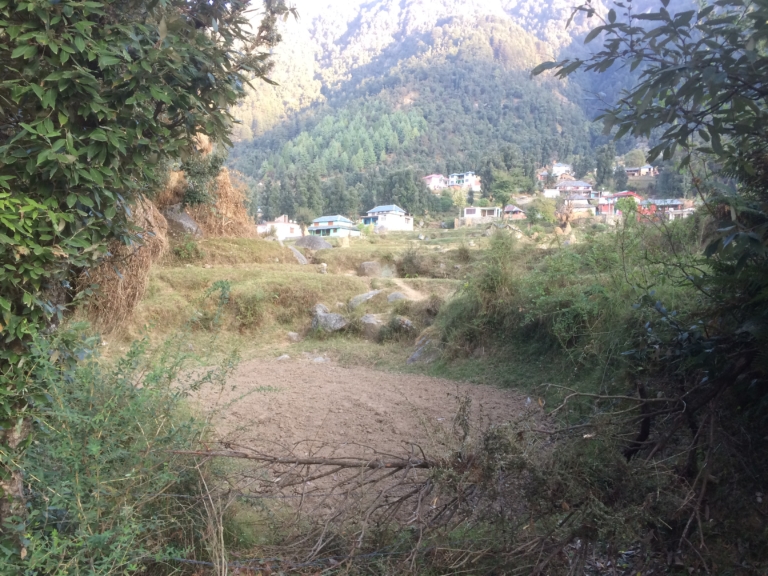
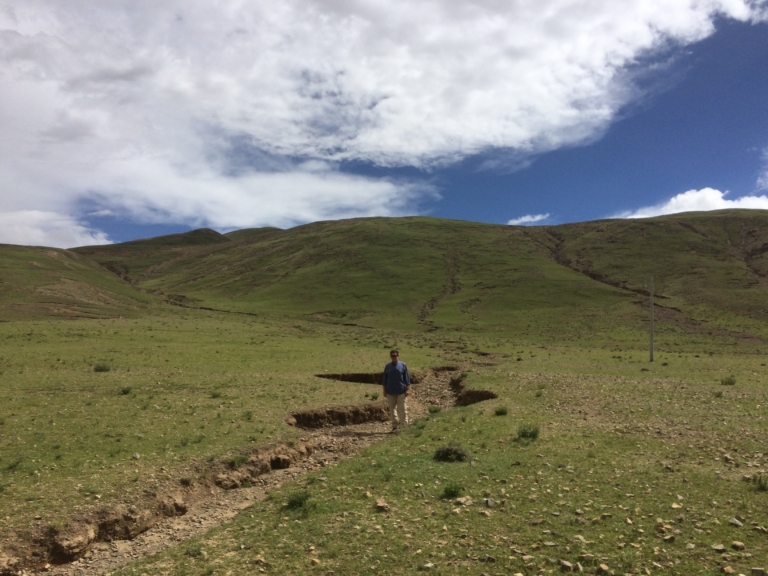
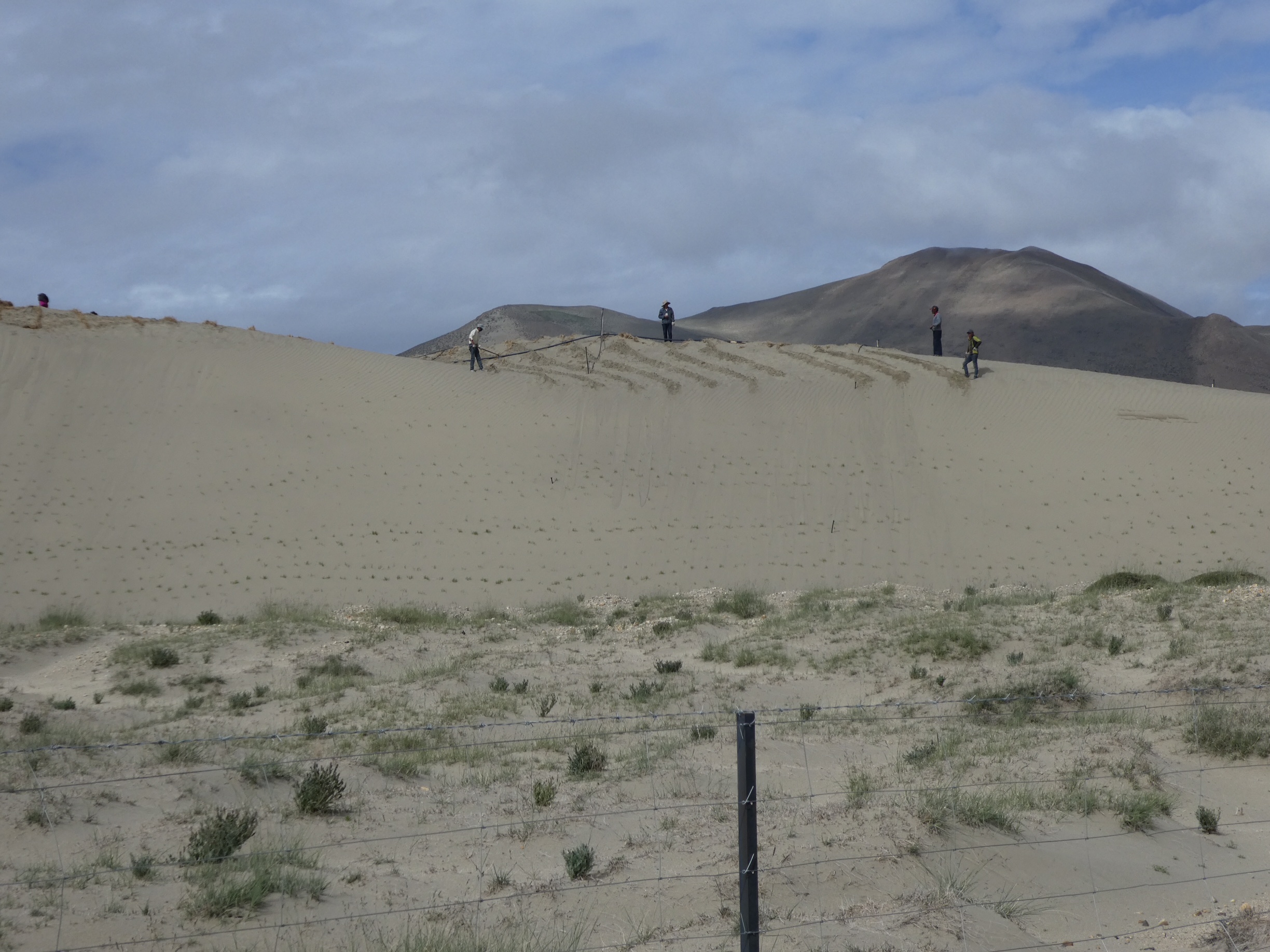
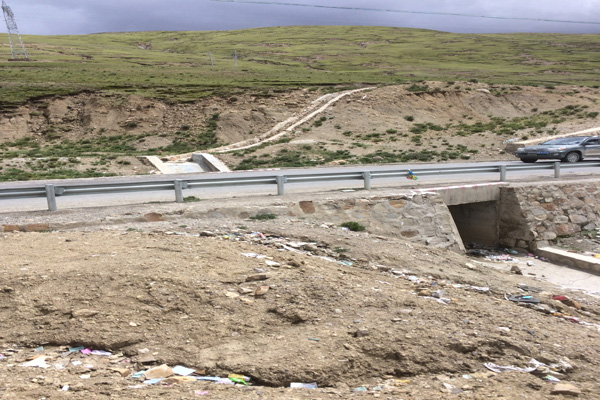
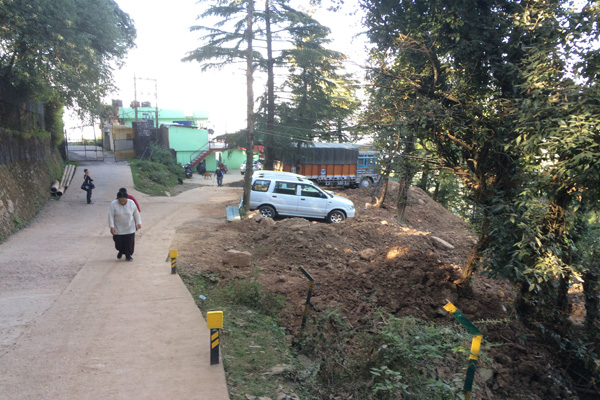
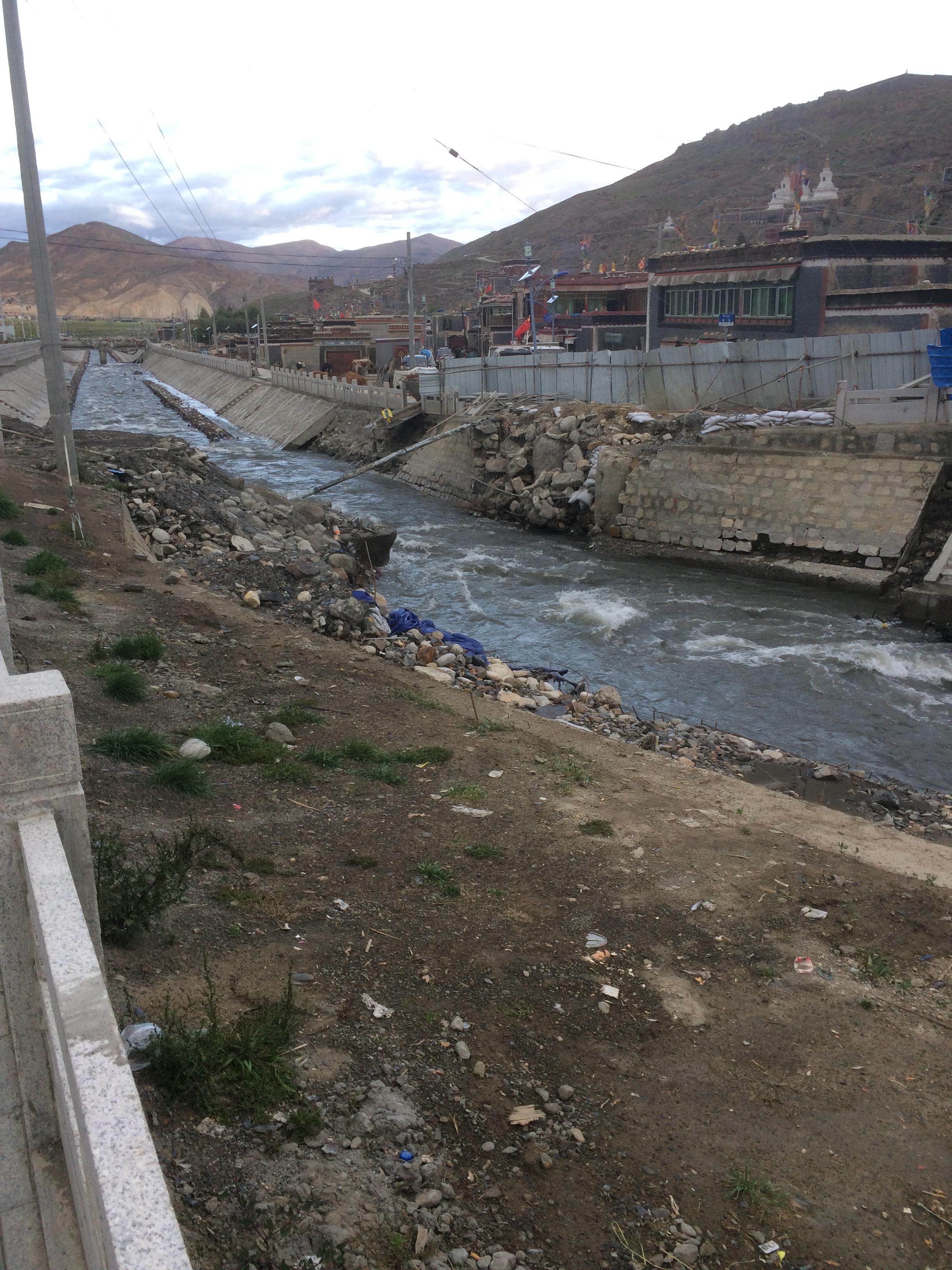
comment 0